The bread and butter of COP, the political talks, always take time to reach a conclusion. So in the meantime, we went exploring through the conference’s Innovation and Civil Society area – known as the Green Zone – a colorful melting pot of ideas, peoples, cultures, and science. Made up of three pavilions, or “tents”, the area is smaller than its more political, big-player counterpart, the Blue Zone.
The first tent, however, makes up for it in sheer passion, diversity, and vision. If the national and university pavilions are the brain, with hard facts, policy building, and flashy gadgets, this pavilion is the heart — it has the gusto, the feeling, the optimism of youth. And flashy gadgets.
All image credits ZME Science. Usage permission granted with attribution.

The first pavilion is an exercise in diversity. Everything here demands attention — hand-woven Moroccan bags splash with color next to bubbling algal cultures dedicated to making biofuel. Tiny electric cars weave their way through crowds packed for talks in the Agora, as engineers showcase smart solar panels and artists paint the walls to protest, make you think, or just create something beautiful.
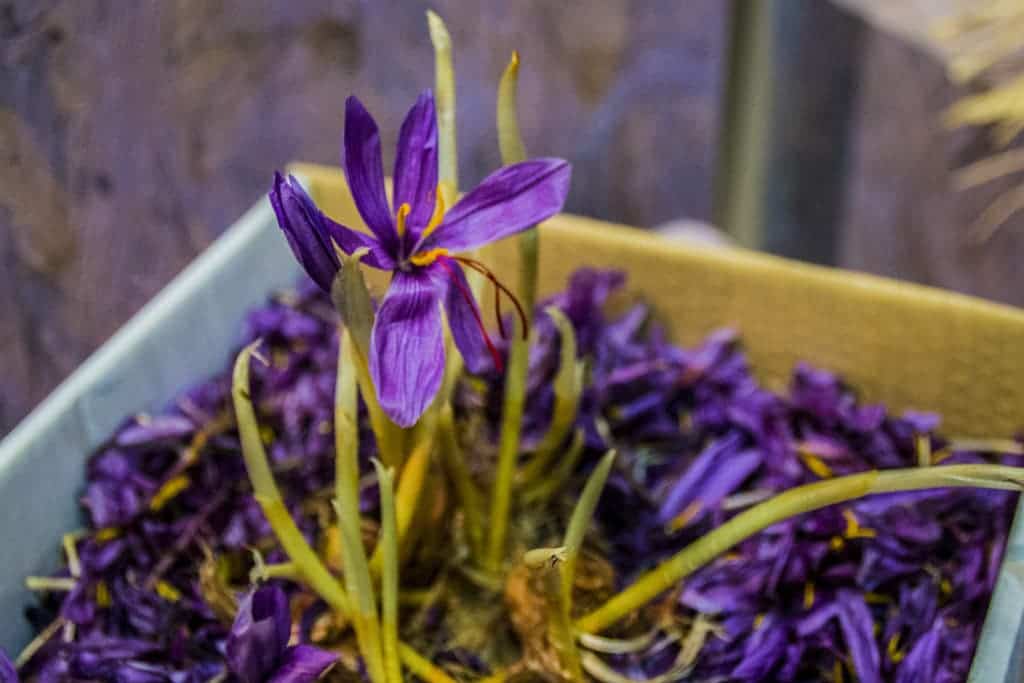
Part of the Green Zone is dedicated to promoting the role local crafts and traditions have in sustainable lifestyles. In the rural community / Eco Village area, one stand showcases recycling plastic, metal, and electronics. Another, the traditional agriculture practices for date fruits, saffron, argan oil. Next to them, smart hydroponic agriculture offers rural communities a more water and energy efficient way to grow greens throughout the year – for communities where both resources fuel can be hard to come by, such practices make all the difference.

The Eco Village was tailored on Morrocan needs, conditions, and traditions. But they’re not the only country bringing ideas and solutions to the COP.
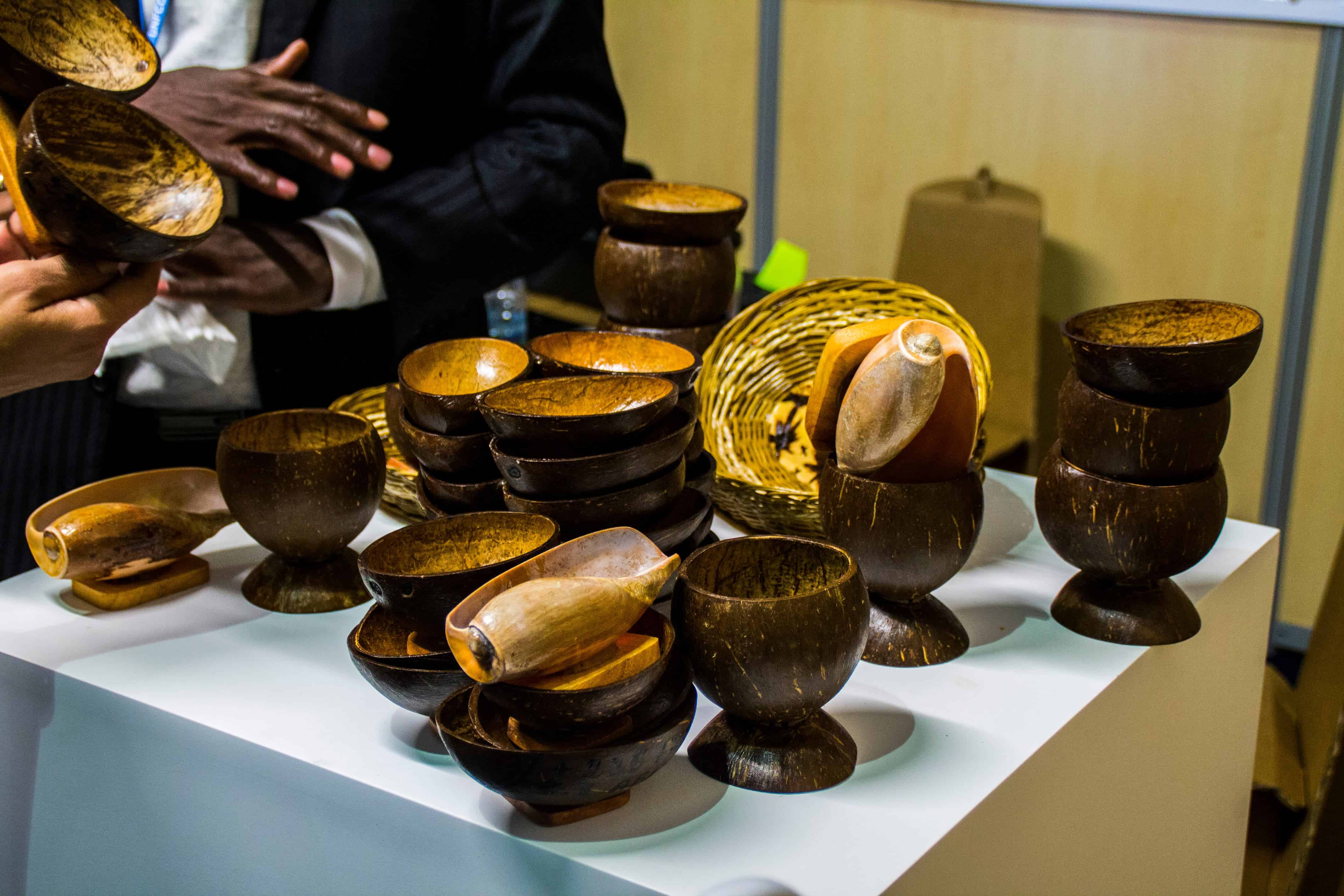
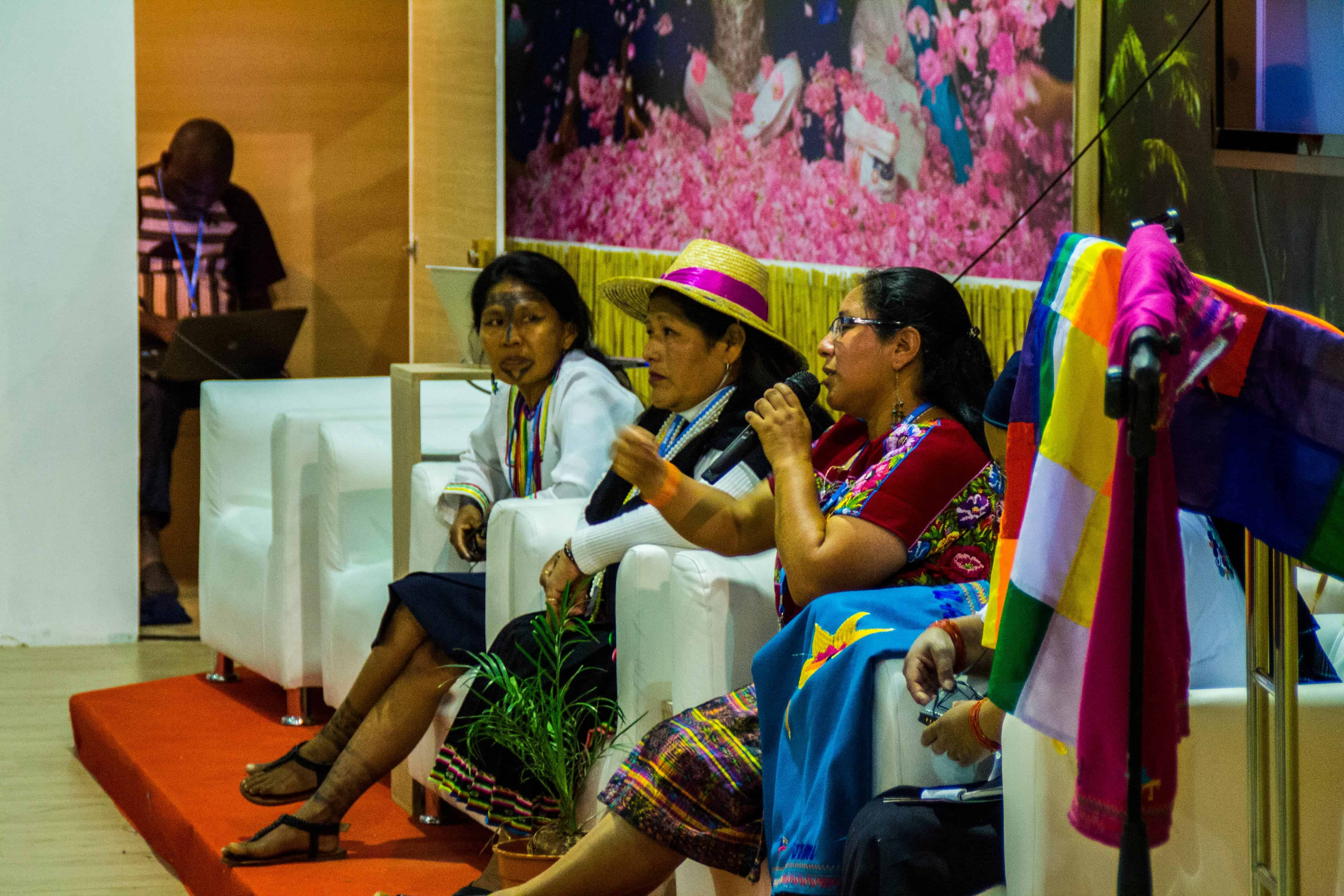
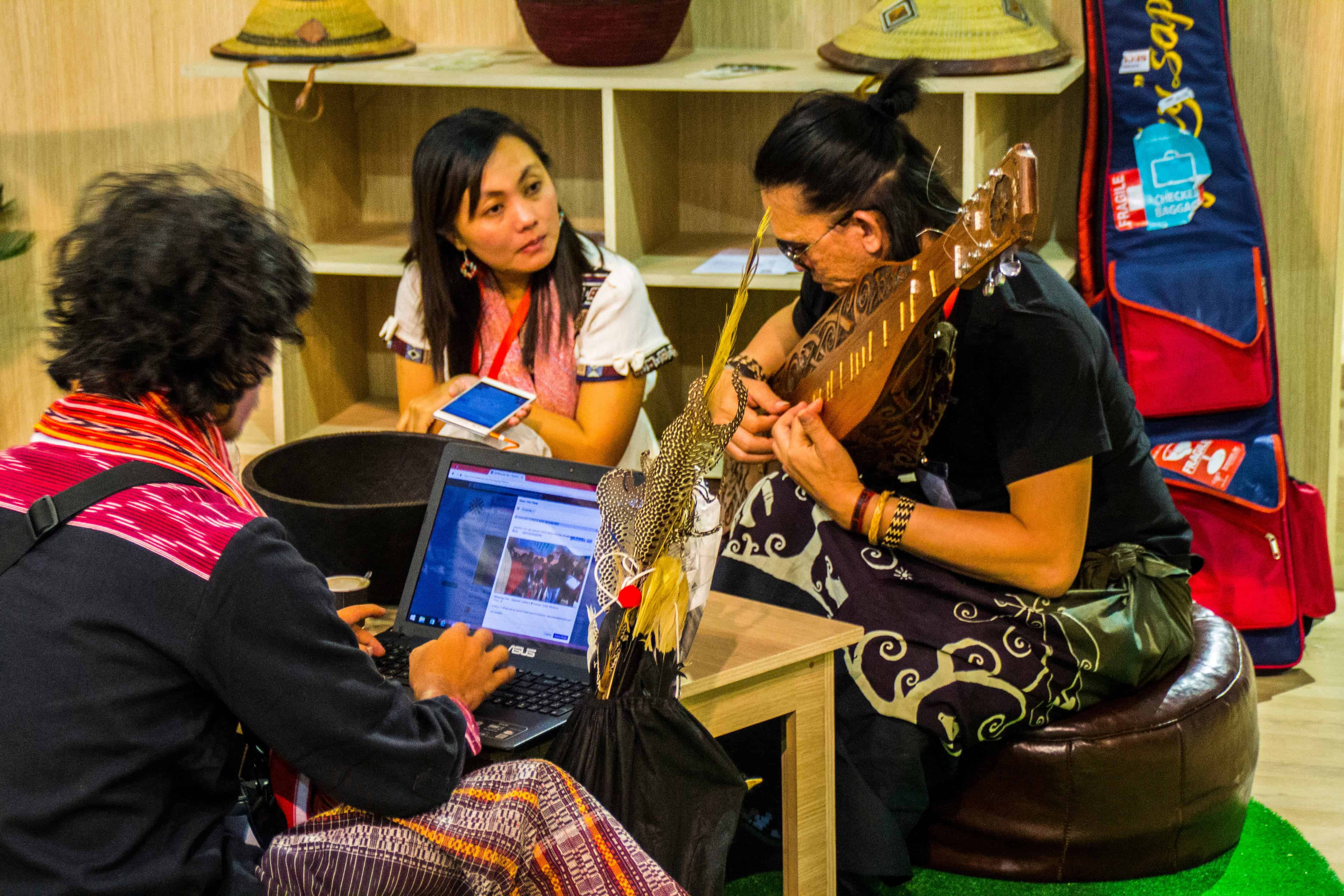

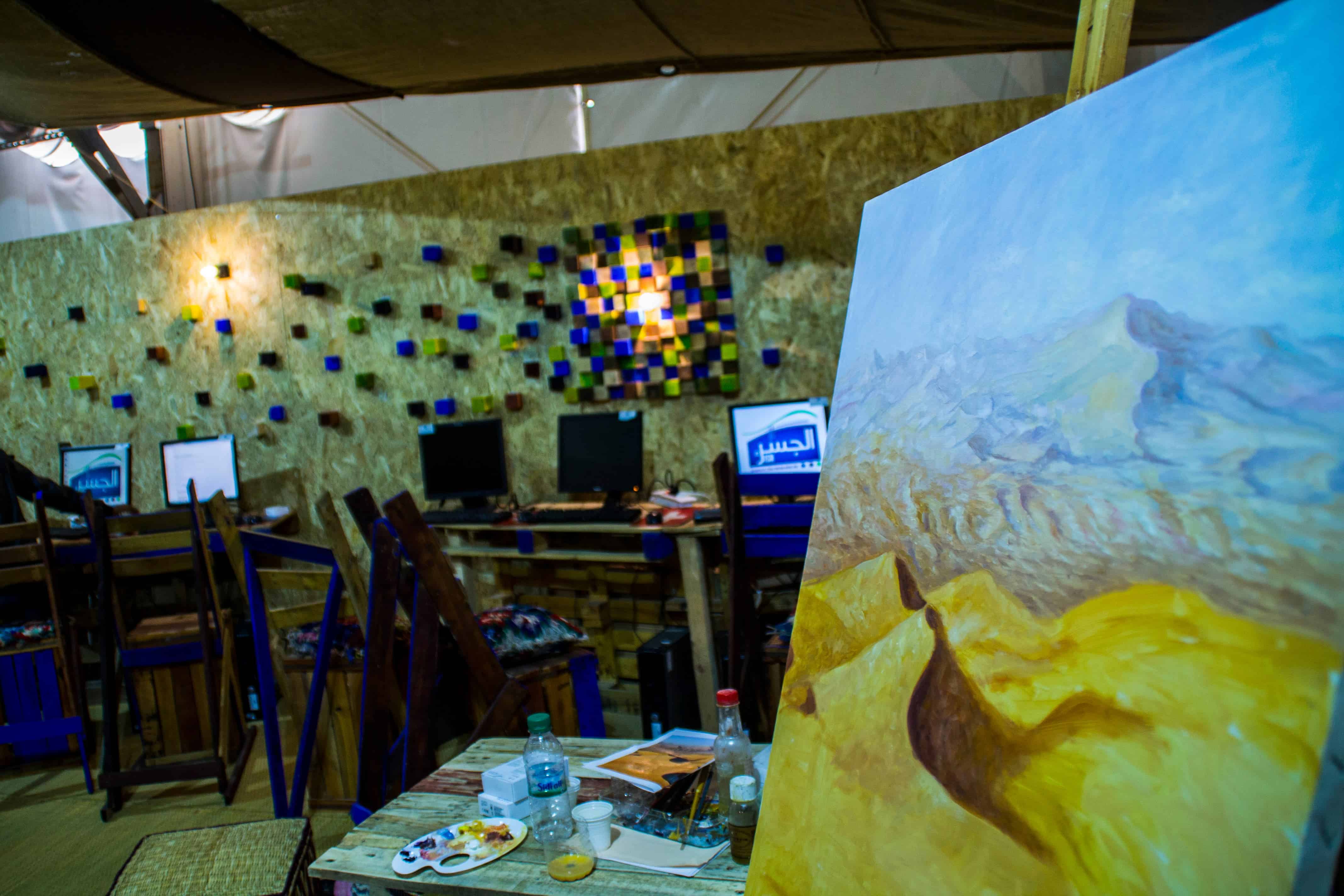

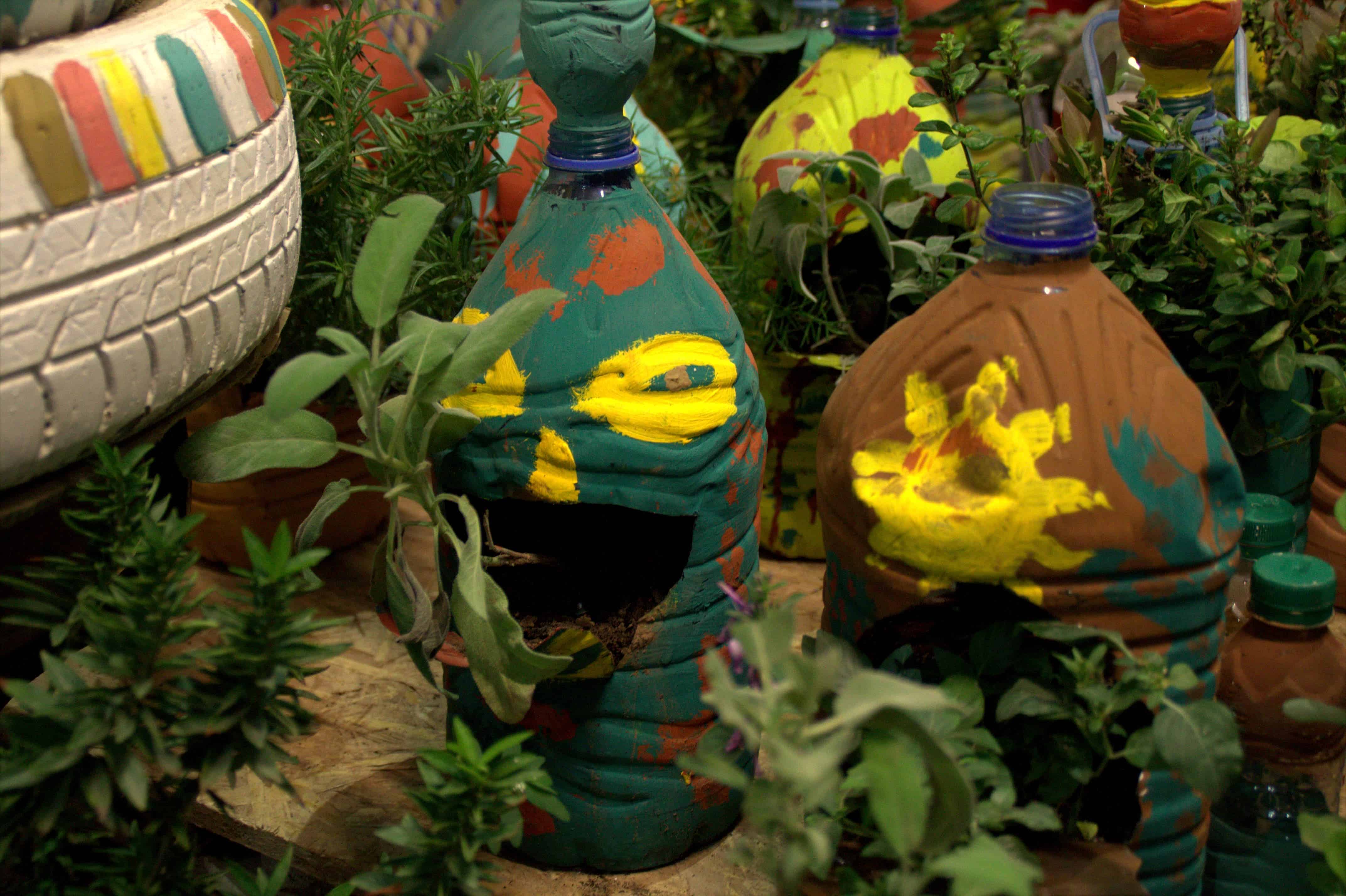
Overall, this area reminded me of something very important: behind the politics, the universities, the science talks, COP is about people. It’s about each and every one of us working together for each and every one of us. That we can all to contribute to the cause — from signing international treaties to making flower pots out of painted, cut-out water bottles.
But at the same time, amid all the color, and music, and passionate talks, I’ve felt a pang of melancholy. It’s an echo from last year’s Paris conference, of a “let’s agree to agree in the future” syndrome — a feeling that in the end, we’re not acting fast enough, or decisive enough, to keep climate from spiraling out of control.
I just pray that I’m wrong. That the larger-than-life enthusiasm I’ve seen in this larger-than-life tent will make the difference — the heart, after all, deals with hope.


